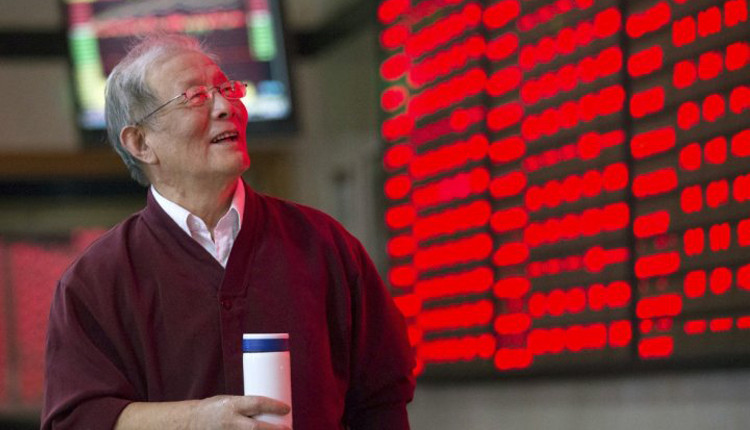Asian markets were lower in Monday afternoon trade after a strong jobs report last Friday stateside moderated expectations that the U.S. Federal Reserve could soon be making a move on interest rates.
In mainland China, the Shanghai composite fell 2.46% by the afternoon, while the Shenzhen component declined 2.55%. The Shenzhen composite also shed 2.664%.
Hong Kong’s Hang Seng index dropped 1.64%, following another round of protests that rocked the city on Sunday.
In Japan, the Nikkei 225 slipped 0.88%, while the Topix index shed 0.63%.
Over in South Korea, the Kospi dropped 1.69%, as shares of industry heavyweight Samsung Electronics fell more than 2%.
The moves came as Tokyo and Seoul remain locked in a dispute over forced wartime labor, with Japan imposing tighter restrictions last week on the export of high-tech materials used in smartphone displays and chips to South Korea.
“Our basecase for the trajectory of this trade issue and Japan-South Korea relations as a whole is broadly negative,” Scott Seaman, director of Asia at Eurasia Group, wrote in a note. “In a nutshell, we believe the two governments will engage in a tit-for-tat exchange of retaliatory measures for at least the next several months that further sours bilateral relations.”
Meanwhile, the S&P/ASX 200 in Australia declined 1.04%. Shares of major miners slipped on news of a probe by Chinese steelmakers on the surge in iron ore prices. Rio Tinto shed 0.6% and BHP Billiton fell 1.09%.
Last Friday, the U.S. jobs report showed the economy stateside adding 224,000 jobs in June, well above the forecast number of 165,000 jobs by economists in a Dow Jones survey. That came following a dismal jobs print in May.
“The solid US payrolls report dampened Fed rate cut expectations and severely dented the argument for a 50bps rate cut by the end of the month. Effectively the debate has now switched from a 25bps or 50bps rate cut to a 25bps cut or none,” Rodrigo Catril, senior foreign exchange strategist at National Australia Bank, wrote in a note.
Still, Catril said, the Fed could “look for a couple of insurance cuts” in July and September.
“I think at the moment it seems likely that there will be a cut but the political optics of the whole thing is obviously incredibly sensitive,” Stephen Davies, CEO at Javelin Wealth Management, told CNBC’s “Street Signs” on Monday.
U.S. President Donald Trump has repeatedly criticized the Fed’s decision to maintain interest rates this year, saying on Friday: “If we had a Fed that would lower interest rates, we’d be like a rocket ship. ”
For its part, the U.S. central bank has reiterated its independence, with Fed Chair Jerome Powell saying last month that the Fed is “insulated from short-term political pressures. ”
“The Fed will want to be seen to be maintaining its independence stance but at the same time, keeping enough in reserve in the event if things do begin to slow in the second half of this year,” Davies said.
The U.S. dollar index, which tracks the greenback against a basket of its peers, was at 97.215 after surging from levels below 96.8 last Friday.
The Japanese yen traded at 108.37 against the dollar after seeing levels below 107.6 last week. The Australian dollar changed hands at $0.6986 following levels above $0.702 seen in the previous week.
Oil prices rose in the afternoon of Asian trading hours, with international benchmark Brent crude futures gaining slightly to $64.26 per barrel and U.S. crude futures rising 0.12% to $57.58 per barrel.
Source: CNBC



